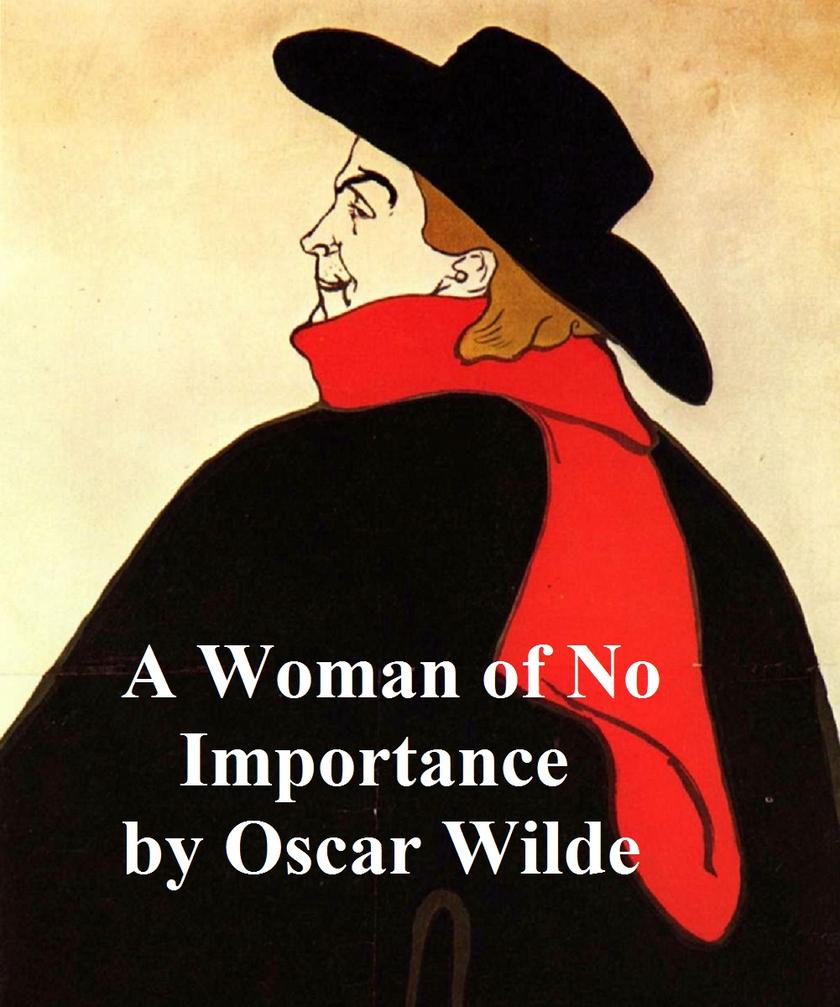
A Woman of No Importance
¥8.09
Classic play. According to Wikipedia: "Oscar Fingal O'Flahertie Wills Wilde (1854 - 1900) was an Irish playwright, novelist, poet, and author of short stories. Known for his barbed wit, he was one of the most successful playwrights of late Victorian London, and one of the greatest celebrities of his day. As the result of a famous trial, he suffered a dramatic downfall and was imprisoned for two years of hard labour after being convicted of the offence of 'gross indecency.'"
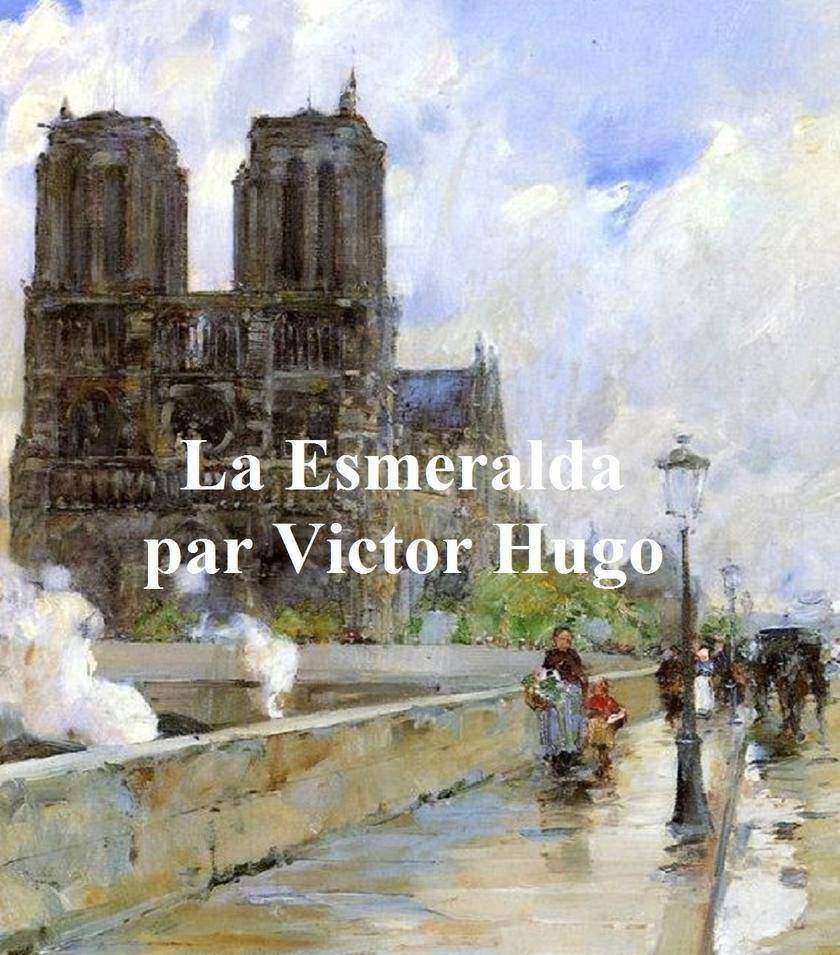
La Esmeralda
¥8.09
Pièce classique / livret de Hugo, basé sur une scène de son roman Notre Dame de Paris (Le Bossu de Notre Dame), en fran?ais original. Selon Wikipedia: "Victor-Marie Hugo (26 février 1802 - 22 mai 1885) était un poète, dramaturge, romancier, essayiste, artiste visuel, homme d'?tat, militant des droits de l'homme et représentant du mouvement romantique en France. La renommée littéraire vient d'abord de sa poésie, mais repose aussi sur ses romans et ses réalisations dramatiques Parmi les nombreux volumes de poésie, Les Contemplations et La Légende des siècles sont particulièrement estimés et Hugo est parfois identifié comme le plus grand poète fran?ais. La France, ses ?uvres les plus connues sont les romans Les Misérables et Notre-Dame de Paris (connu aussi en anglais sous le titre de Le Bossu de Notre-Dame), bien que conservateur conservateur dans sa jeunesse, Hugo devint plus libéral au fil des décennies. il est devenu un partisan passionné du républicanisme et son travail touche à la plupart des questions politiques et sociales et aux tendances artistiques de son temps: il est enterré au Panthéon.
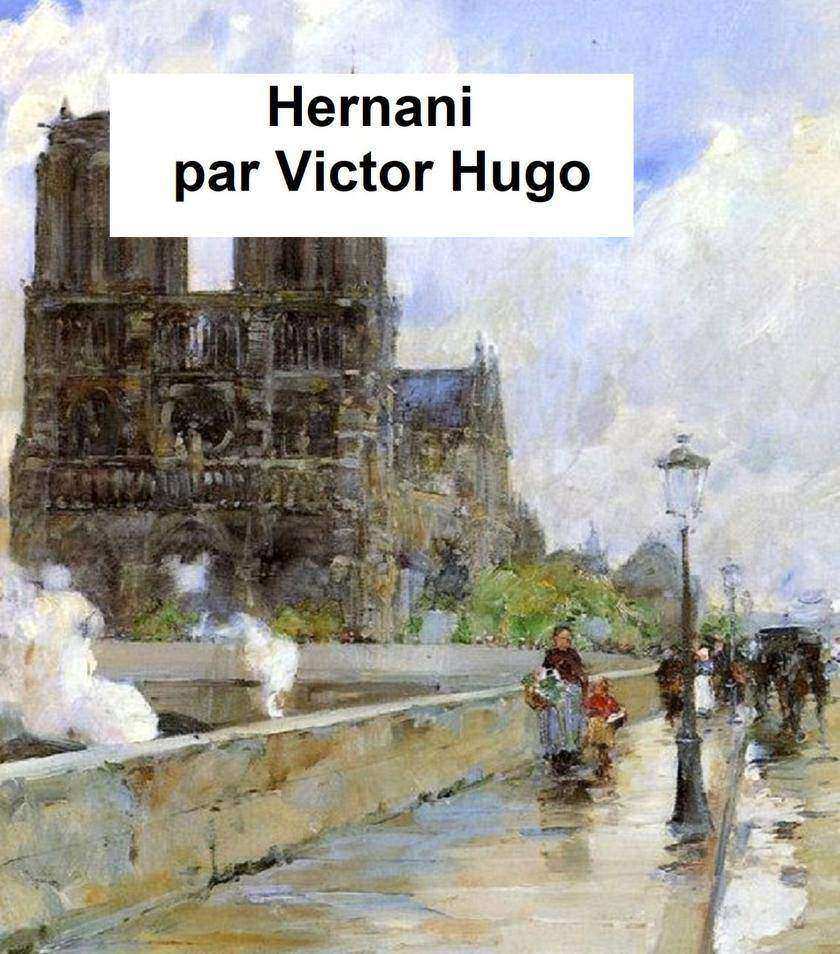
Hernani
¥8.09
1411/5000 Le drame classique a d'abord joué et publié en 1830. La pièce elle-même est en fran?ais, mais l'introduction est en anglais. Selon Wikipedia: ? Hernani est un drame du poète fran?ais Victor Hugo Le jeu est ouvert à Paris le 25 Février, 1830 Aujourd'hui est le drame pour les manifestations qui ont accompagné la première, et pour l'opéra de Verdi Ernani l'inspiration que pour son .. mérites est ... Victor-Marie Hugo (26 Février 1802-1822 mai 1885) était un poète fran?ais, auteur dramatique, romancier, essayiste, artiste plasticien, homme d'?tat, des militants des droits de l'homme et des représentants du mouvement romantique en France en France, Hugo est littéraire renommée principalement de ses poèmes, mais aussi de ses romans et ses Leistungen.Von dramatique de nombreux livres de poésie sont Contemplations et la Légende des particulièrement élevé en siècle le prestige et Hugo parfois, il est considéré comme le plus grand poète fran?ais, ses ?uvres les plus célèbres hors de France les romans Les Misérables et Notre-Dame de Paris (aussi connu comme le bossu de Notre-Dame) royal quand il était jeune, Hugo est devenu plus libéral que les décennies passées; il est devenu un partisan passionné de républicanisme, et son travail touche les questions les plus politiques et sociales et les tendances artistiques de son époque. Il est enterré au Panthéon. "
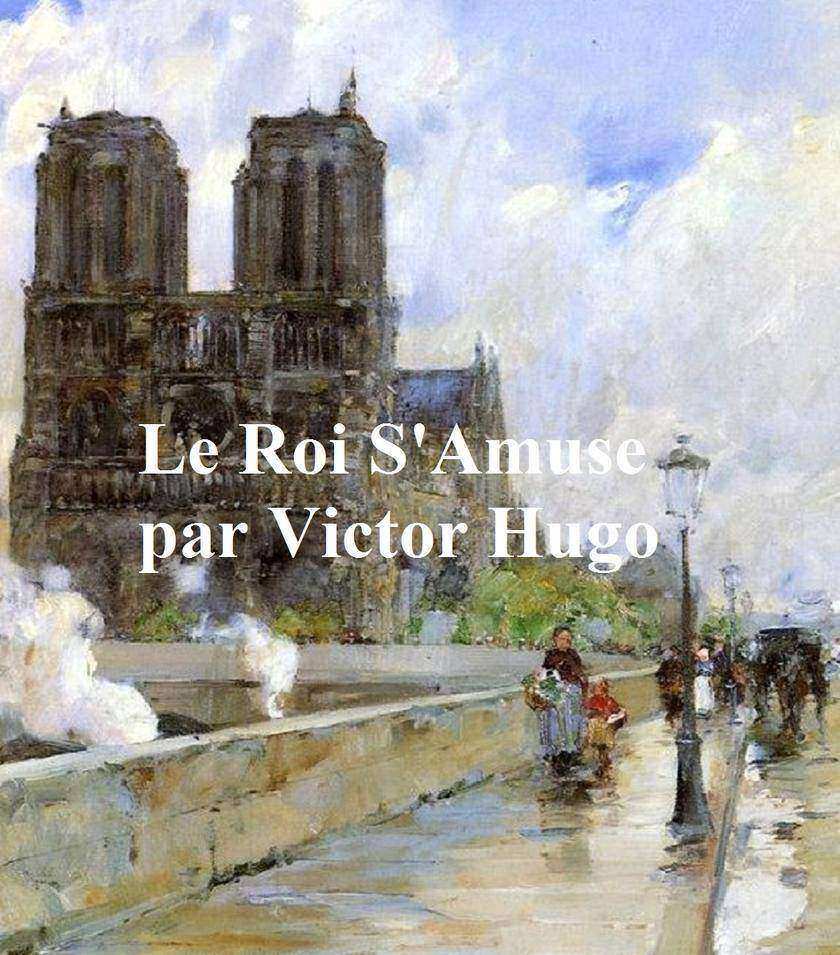
Le Roi S'Amuse
¥8.09
Drame classique dans le texte original, publié en 1832. Selon Wikipedia: "Victor-Marie Hugo (26 février 1802 - 22 mai 1885) était un poète, dramaturge, romancier, essayiste, artiste visuel, homme d'?tat, militant des droits de l'homme et En France, la renommée littéraire de Hugo vient en premier lieu de sa poésie, mais repose aussi sur ses romans et ses réalisations dramatiques Parmi les nombreux volumes de poésie, Les Contemplations et La Légende des siècles tiennent particulièrement haut dans l'estime critique, et Hugo est parfois identifié comme le plus grand poète fran?ais.A l'extérieur de la France, ses ?uvres les plus connues sont les romans Les Misérables et Notre-Dame de Paris (connu aussi en anglais sous le nom de Le Bossu de Notre Dame). était jeune, Hugo devint plus libéral au fil des décennies, il devint un partisan passionné du républicanisme et son travail touche à la plupart des questions politiques et sociales et aux tendances artistiques de son temps. Il est enterré au Panthéon. "
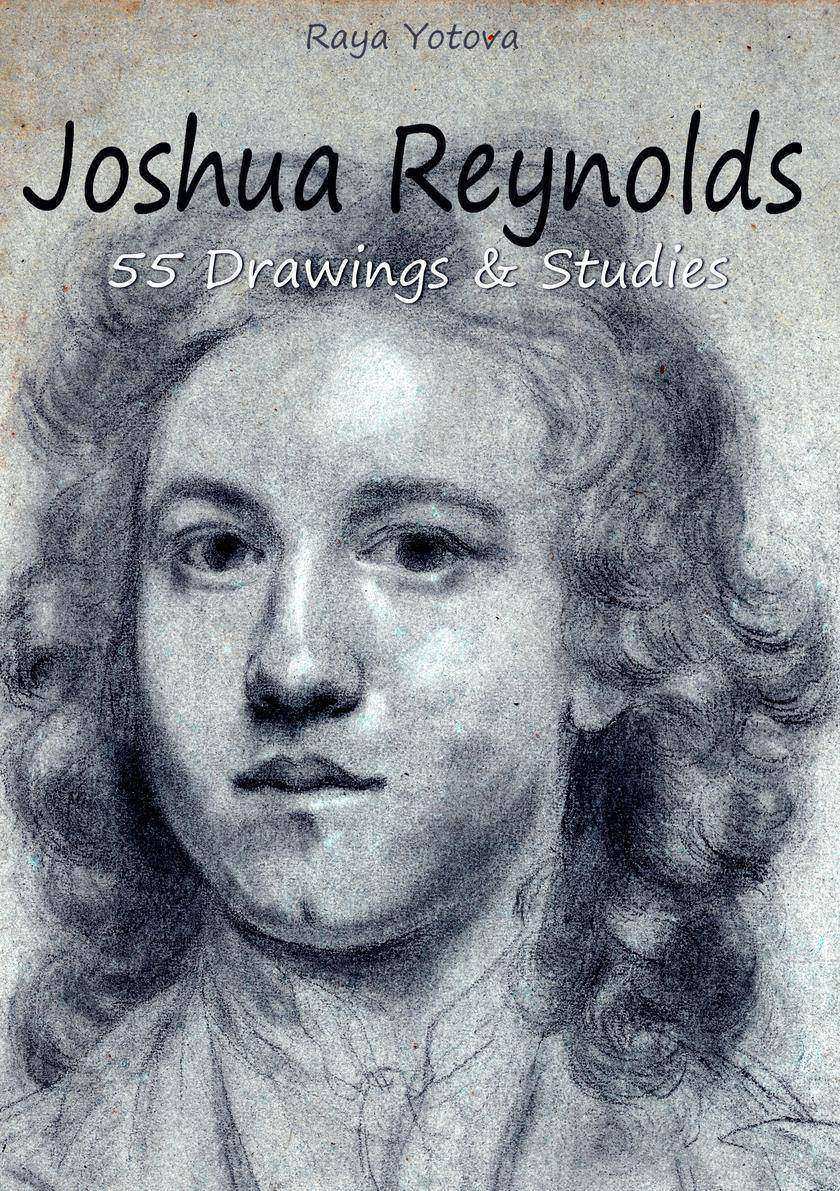
Joshua Reynolds: 55 Drawings & Studies
¥9.48
Reynolds: 55 Drawings & Studies
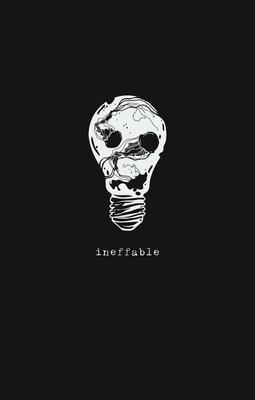
Ineffable
¥46.68
Ineffable
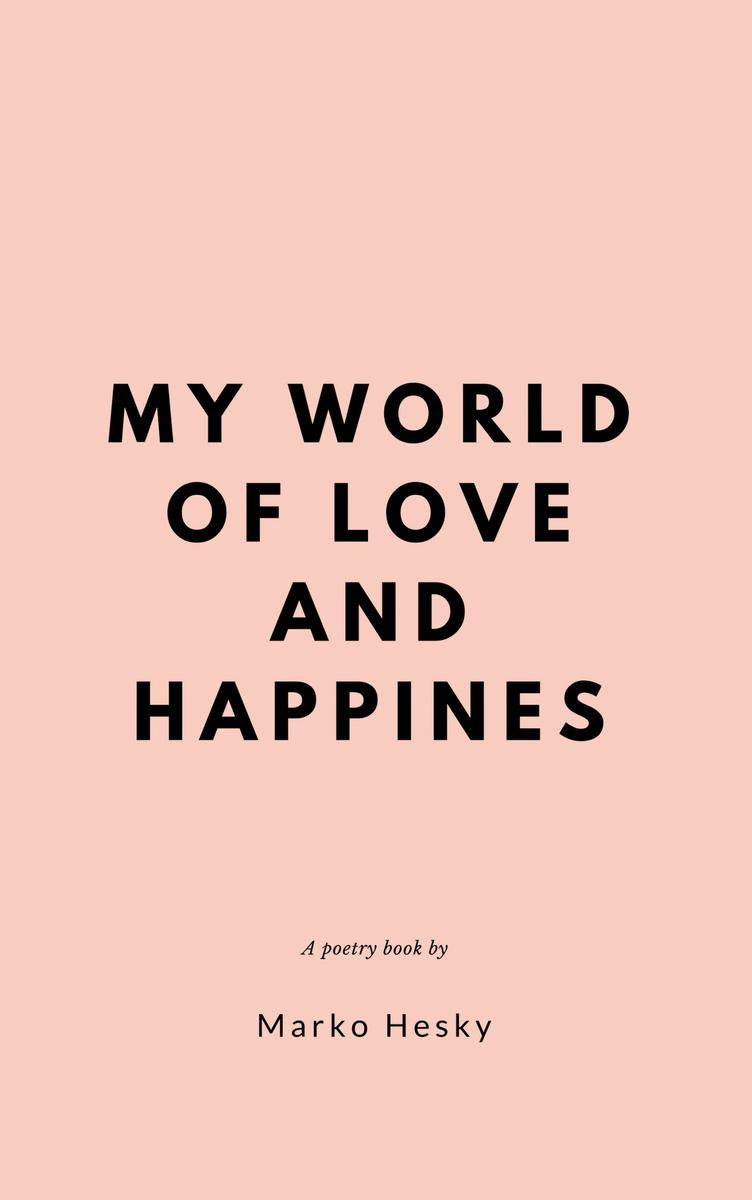
My World of Love and Happinness
¥32.62
My World of Love and Happinness
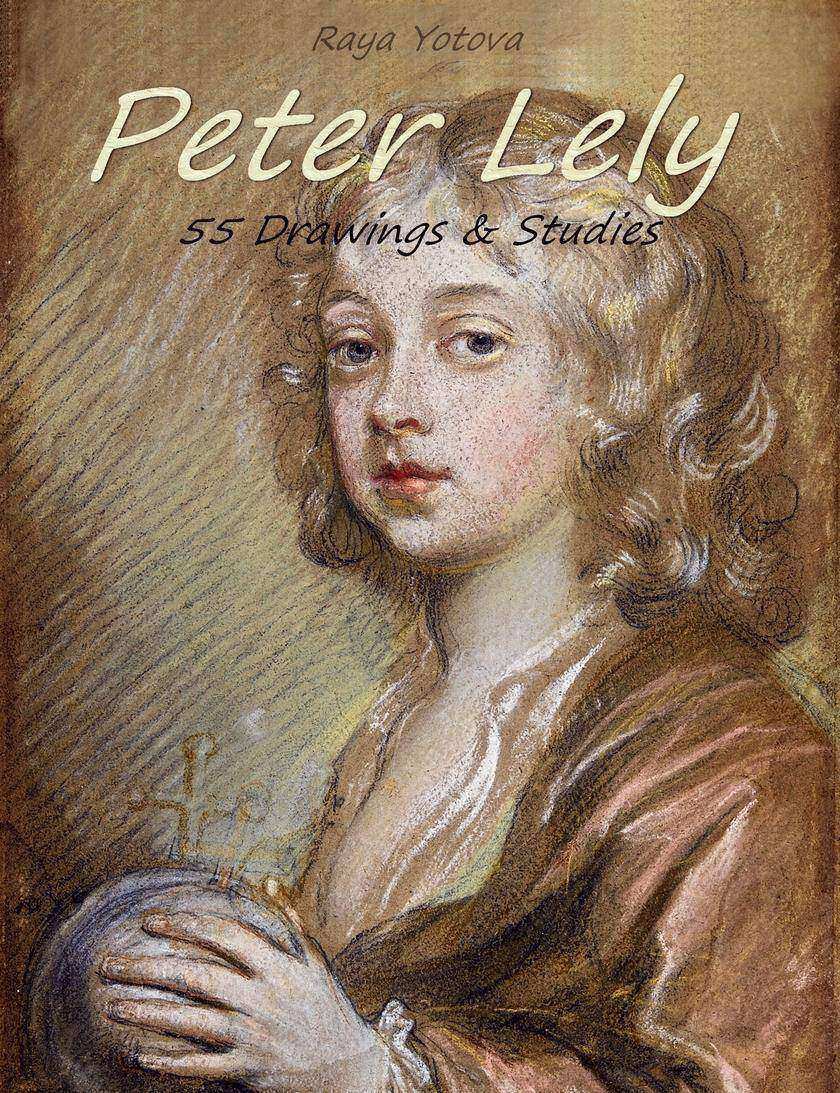
Peter Lely: 55 Drawings & Studies
¥9.48
Peter Lely: 55 Drawings & Studies
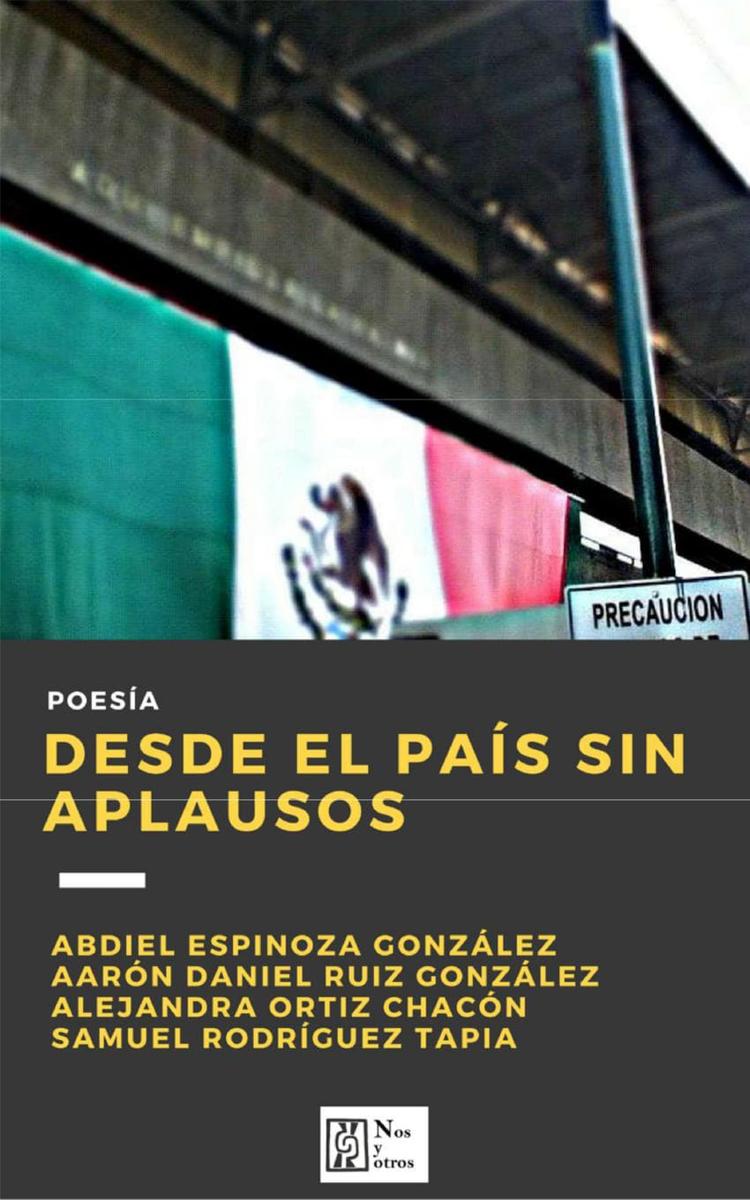
Desde el país sin aplausos
¥0.01
Desde el país sin aplausos

Beyond Pentatonics
¥40.79
Beyond Pentatonics
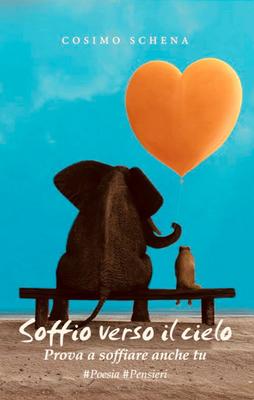
Soffio verso il cielo: Prova a soffiare anche tu
¥7.72
Soffio verso il cielo: Prova a soffiare anche tu

Catharsis
¥32.62
Catharsis
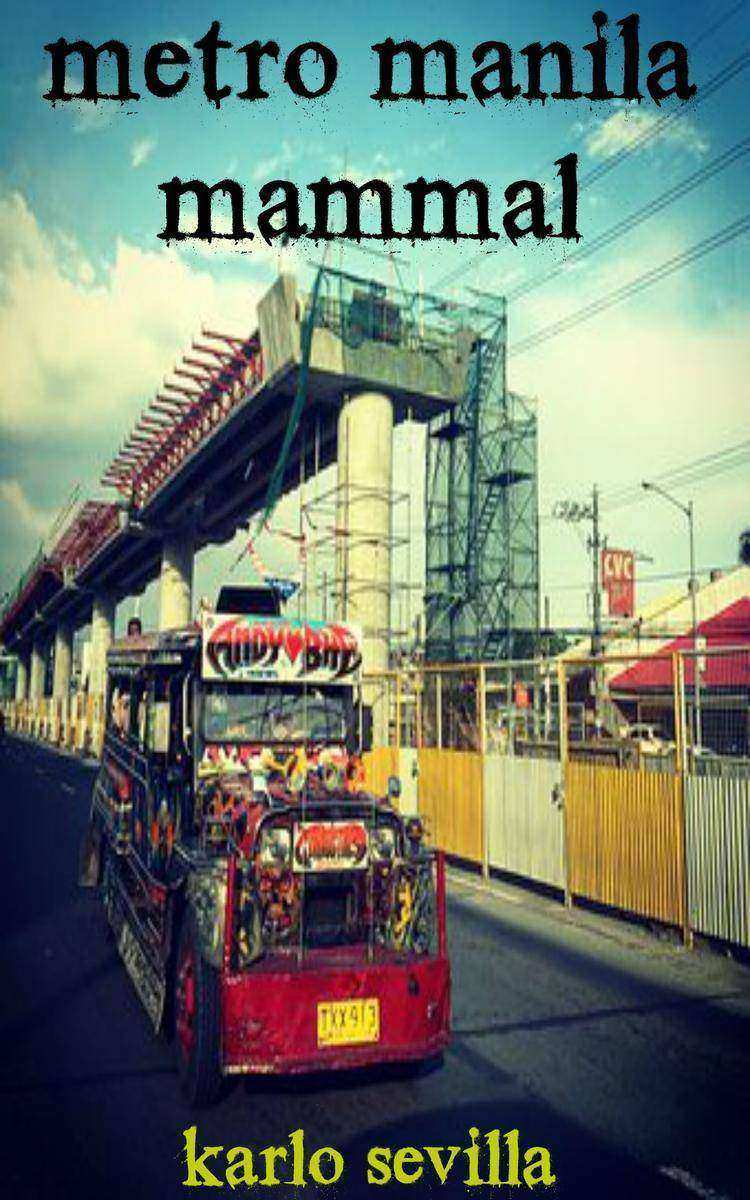
Metro Manila Mammal
¥24.44
Metro Manila Mammal
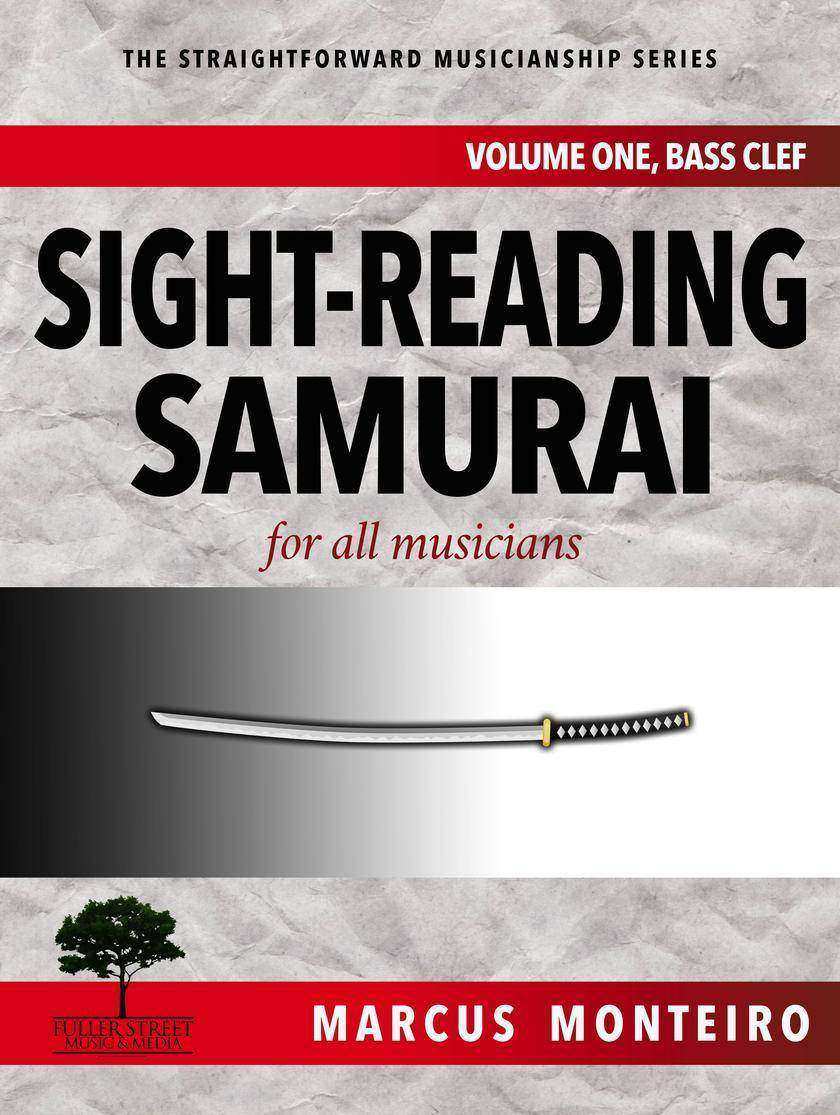
Sight-Reading Samurai: for all musicians: Bass Clef
¥48.97
Sight-Reading Samurai: for all musicians: Bass Clef
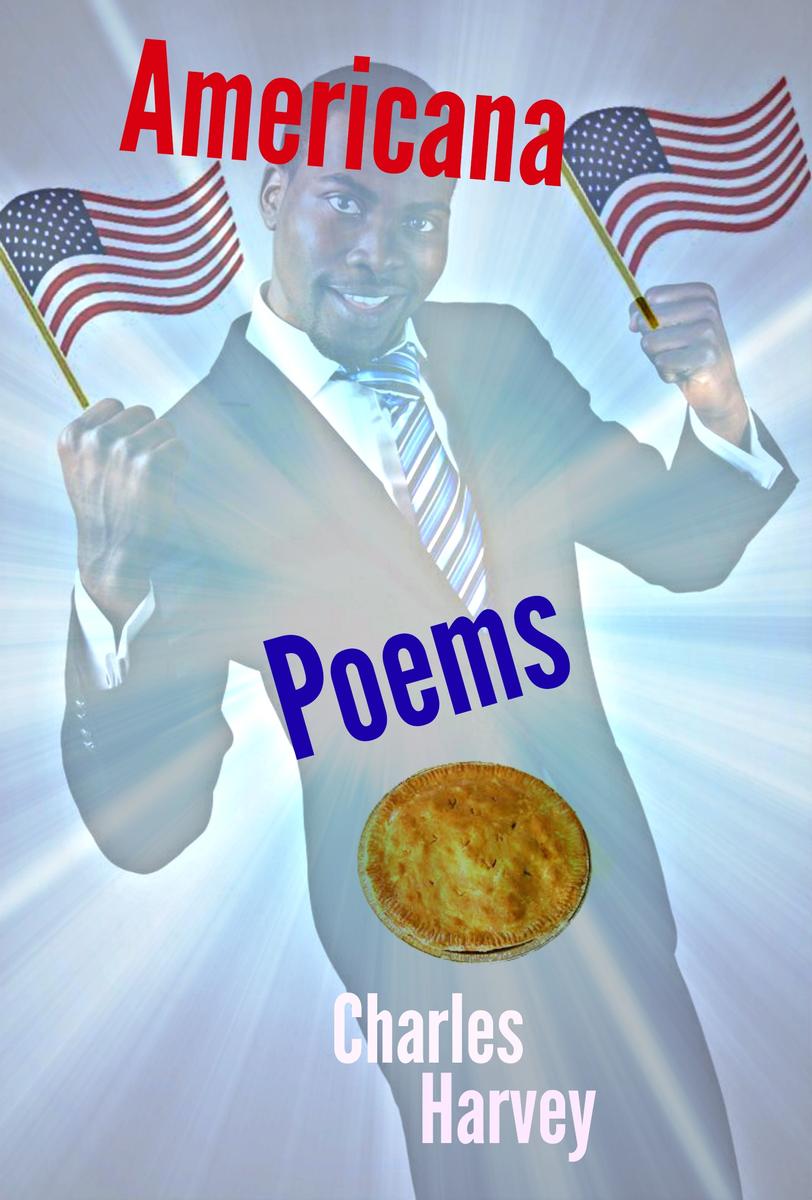
Americana
¥0.01
Americana
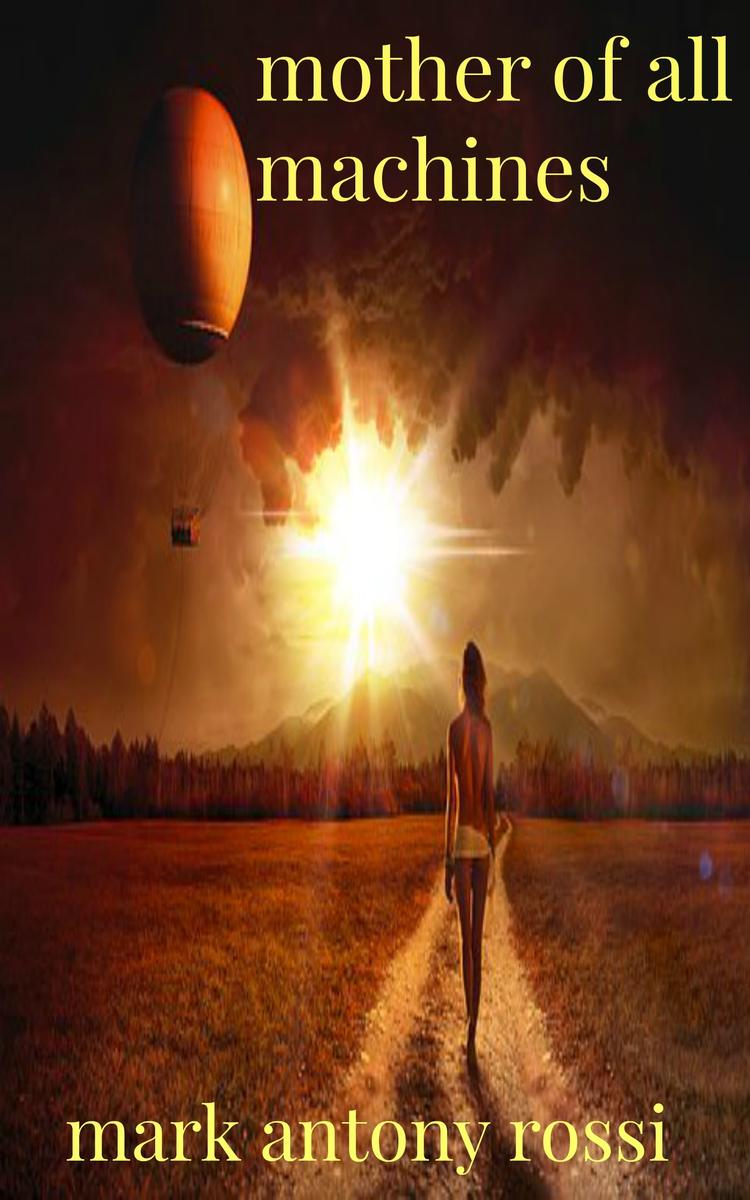
Mother of All Machines
¥16.27
Mother of All Machines
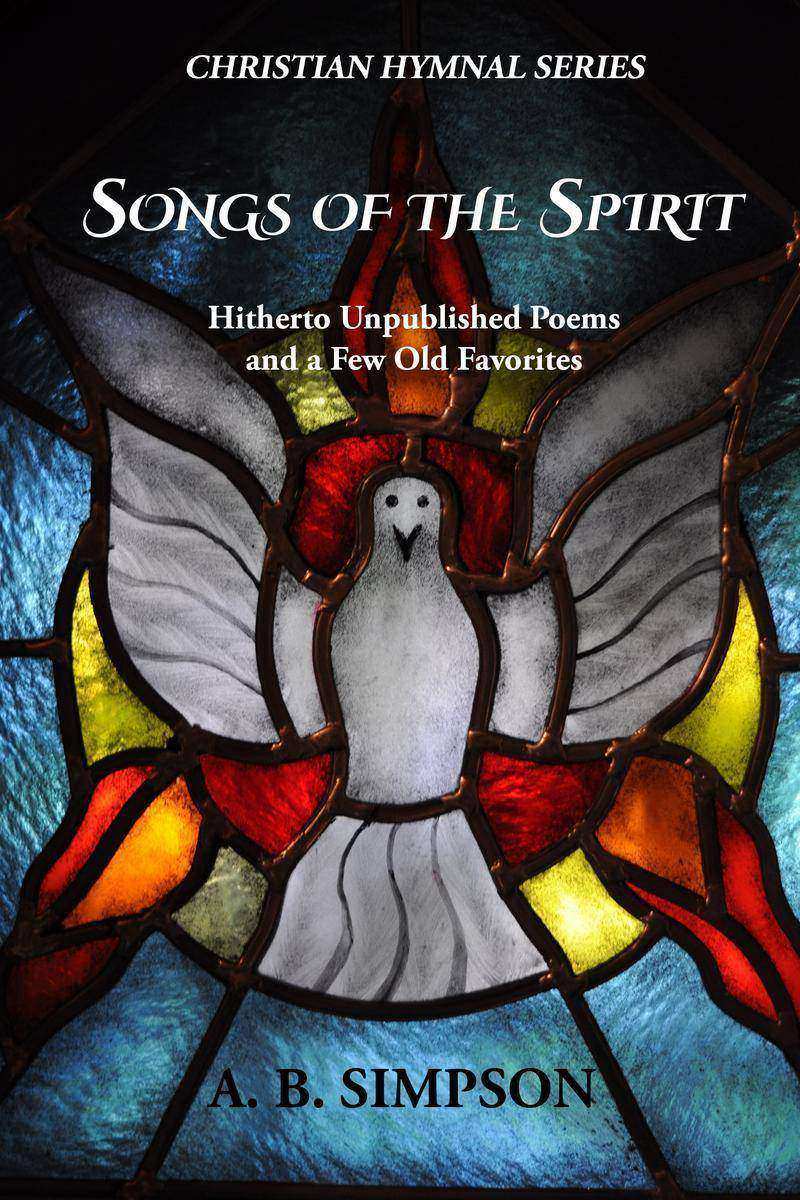
Songs of the Spirit: Hitherto Unpublished Poems and a Few Old Favorites
¥12.18
Songs of the Spirit: Hitherto Unpublished Poems and a Few Old Favorites
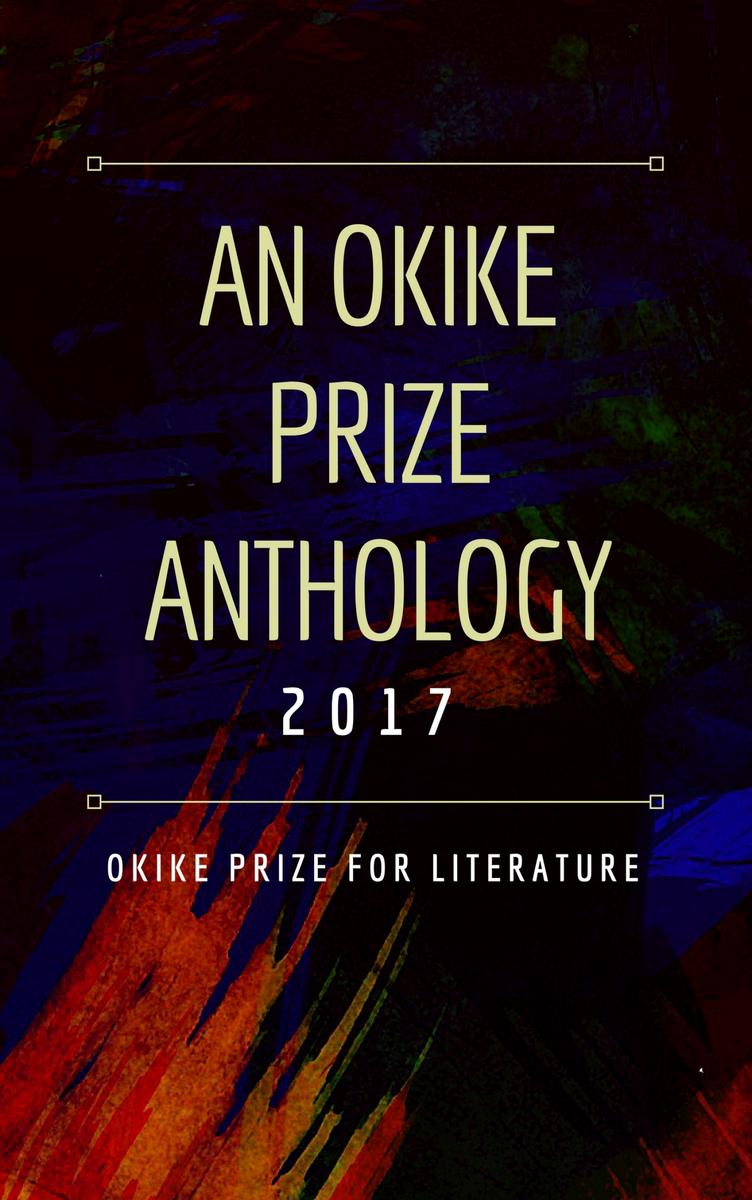
An Okike Prize Anthology 2017
¥32.62
An Okike Prize Anthology 2017
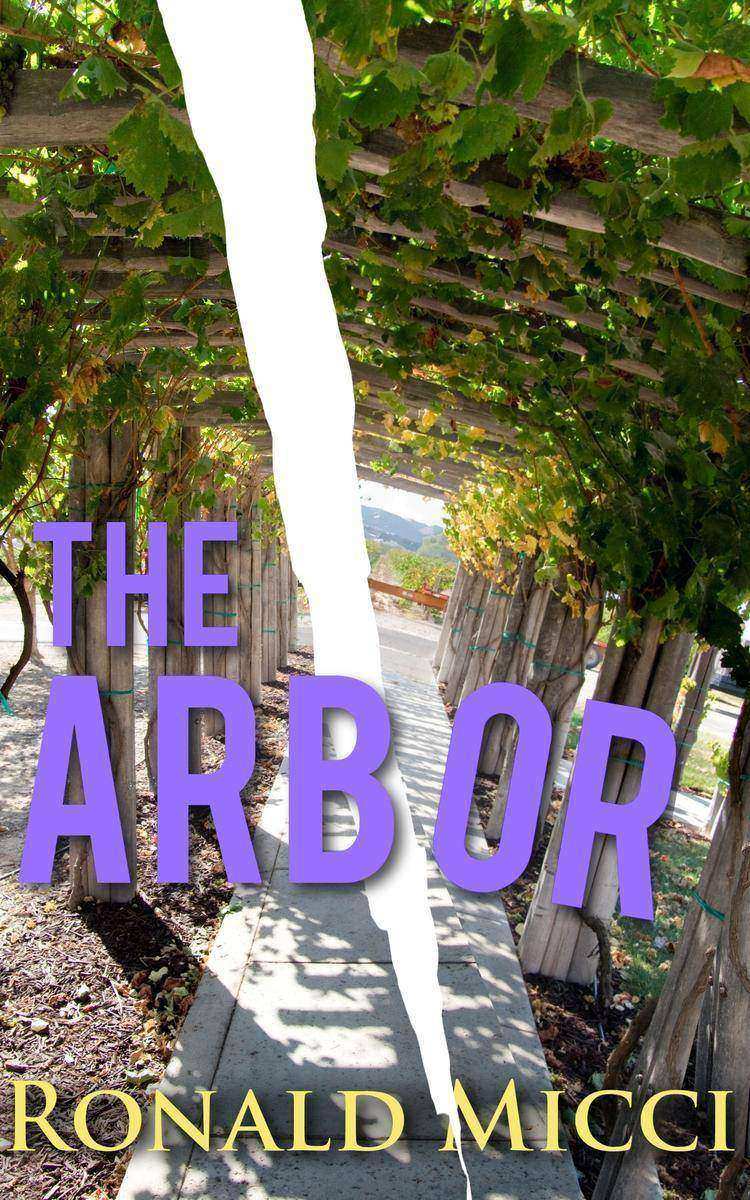
The Arbor: A Play in Seven Scenes
¥32.29
The Arbor: A Play in Seven Scenes
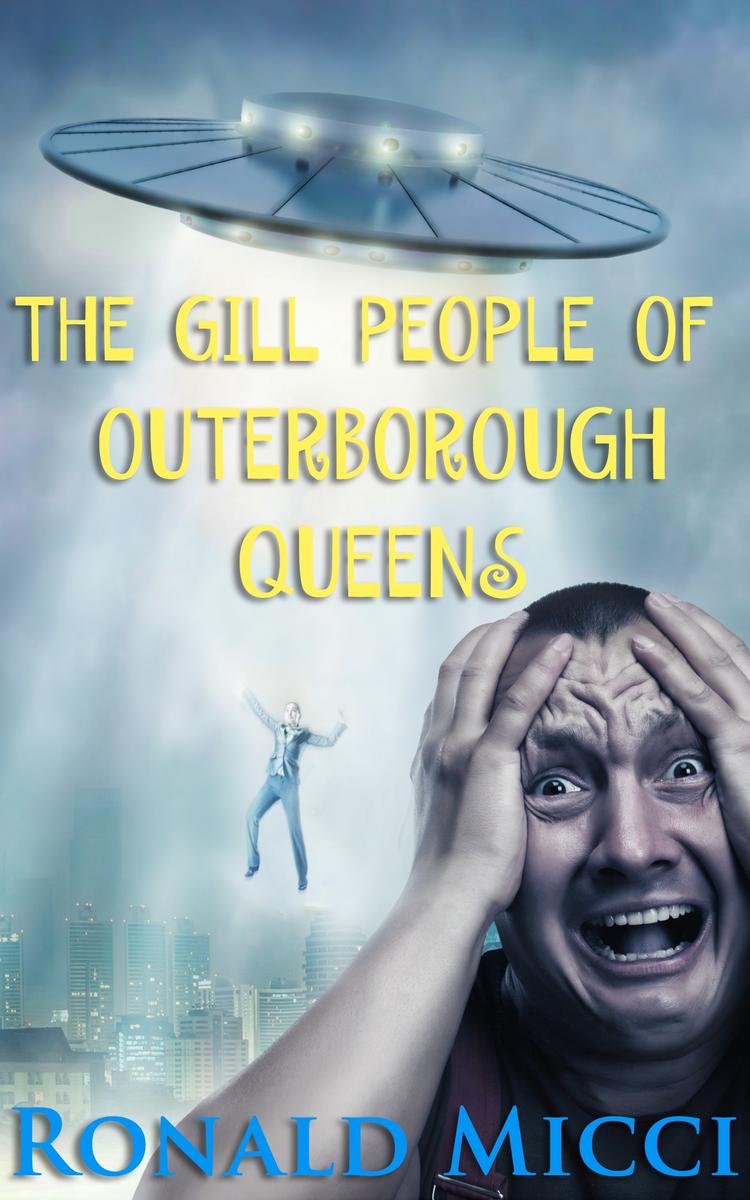
The Gill People of Outerborough Queens: A Radio Play
¥32.29
The Gill People of Outerborough Queens: A Radio Play
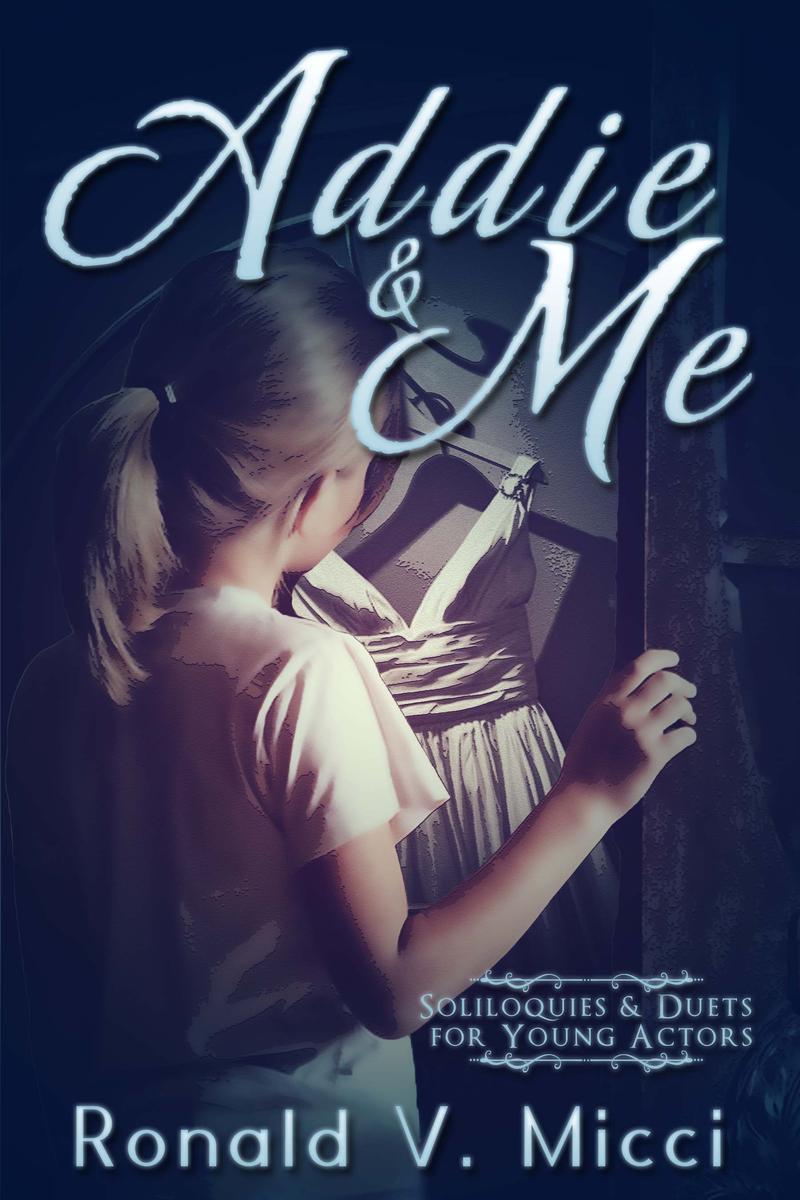
Addie & Me: Soliloquies and Duets for Young Actors
¥56.82
Addie & Me: Soliloquies and Duets for Young Actors




 购物车
购物车 个人中心
个人中心



